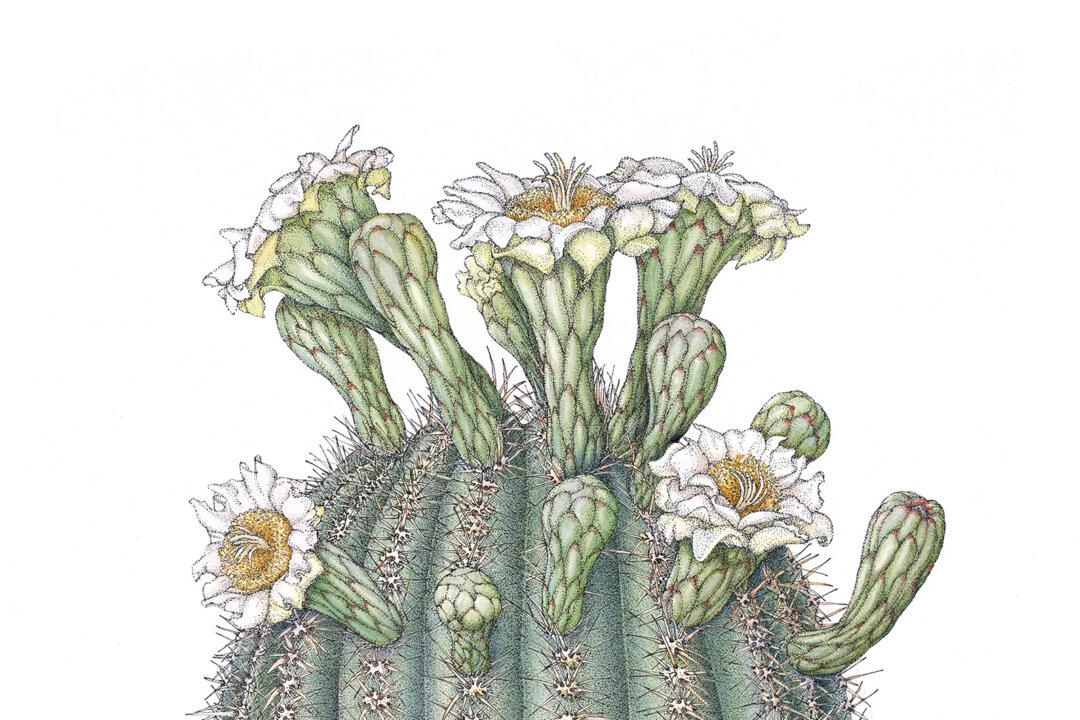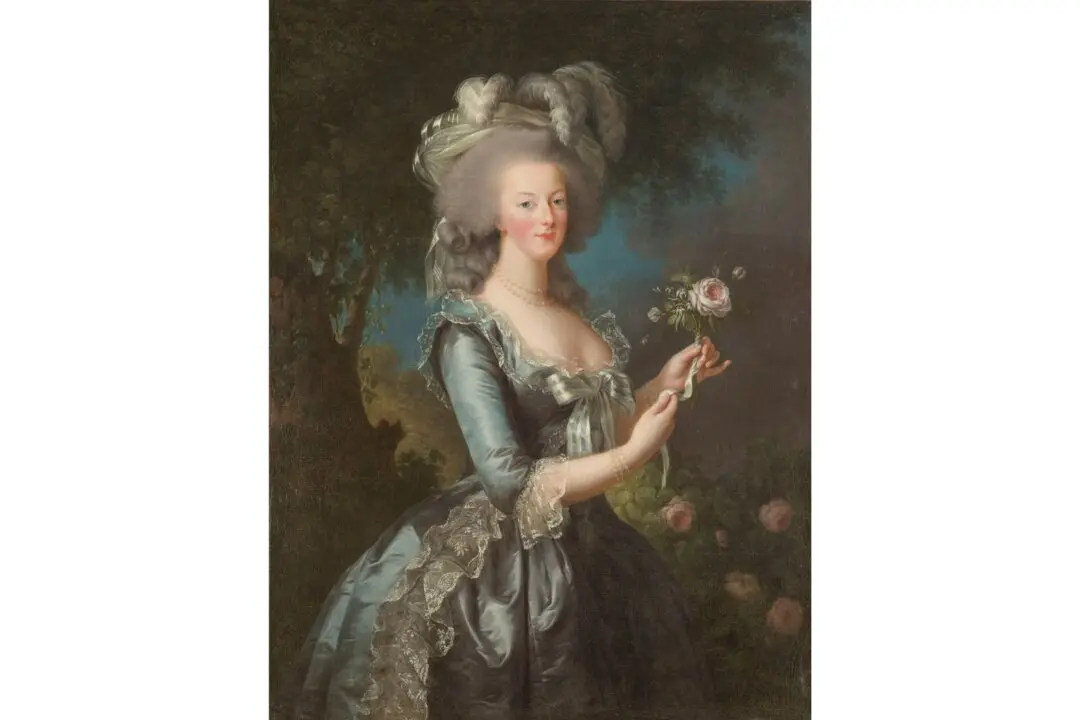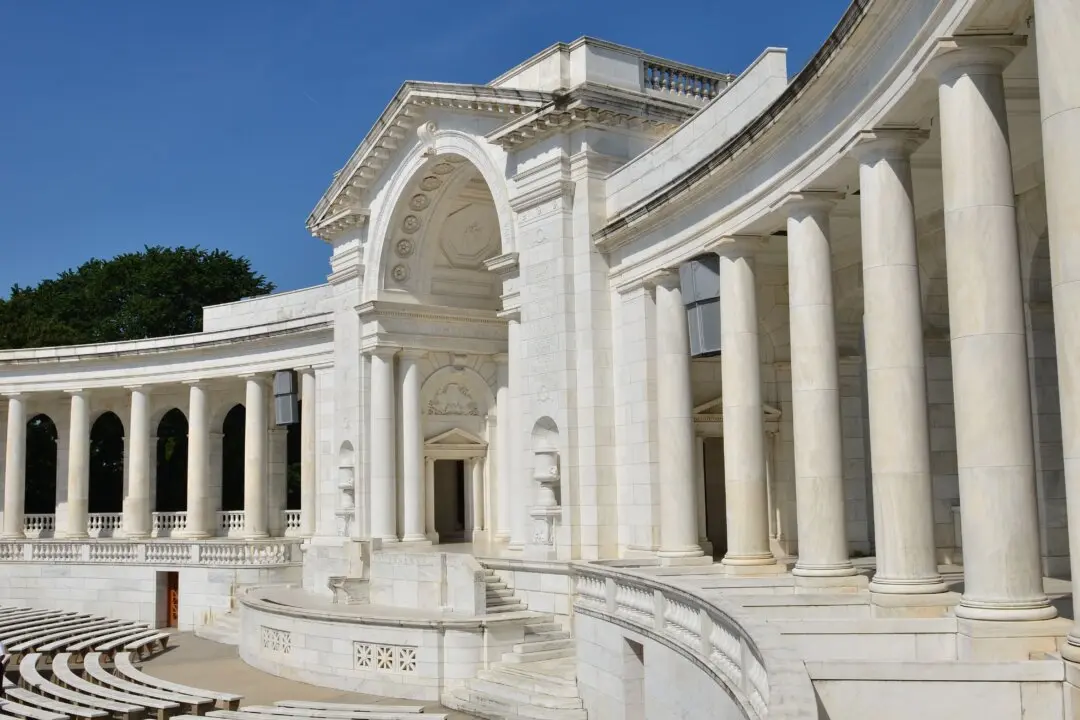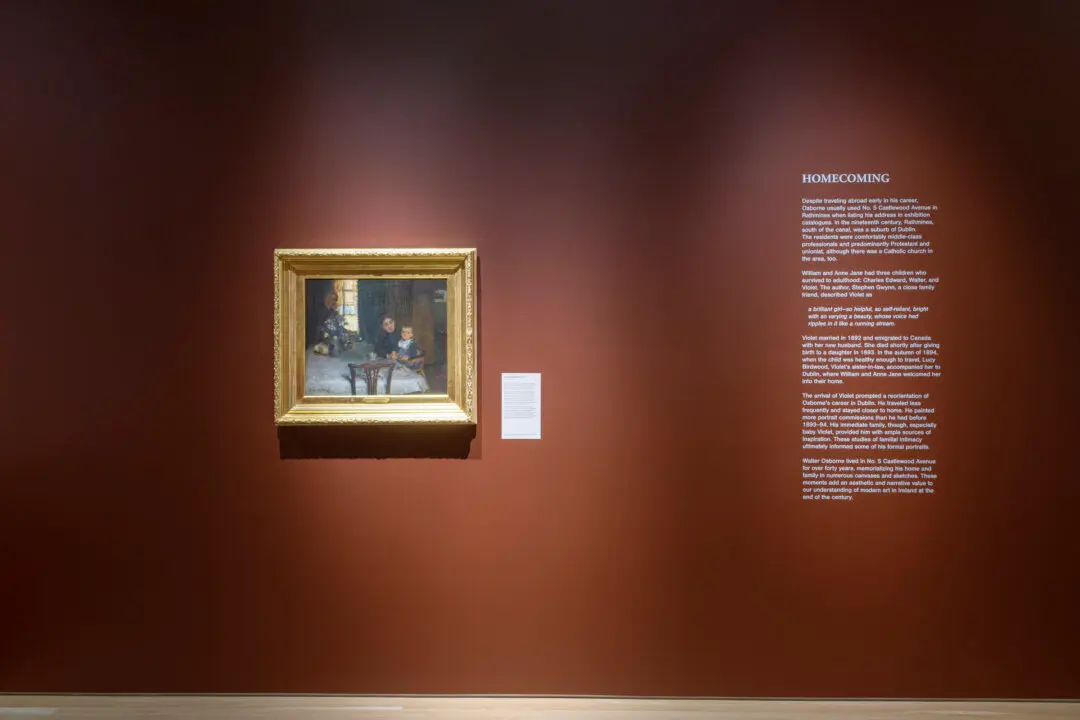“Botanical Art Worldwide: America’s Flora” is an exhibition of 46 botanical illustrations of native American flora. Curated by the American Society of Botanical Artists (ASBA) and the United States Botanical Garden (USBG), the show is part of a worldwide collaboration of botanical artists from 24 other countries across six continents.
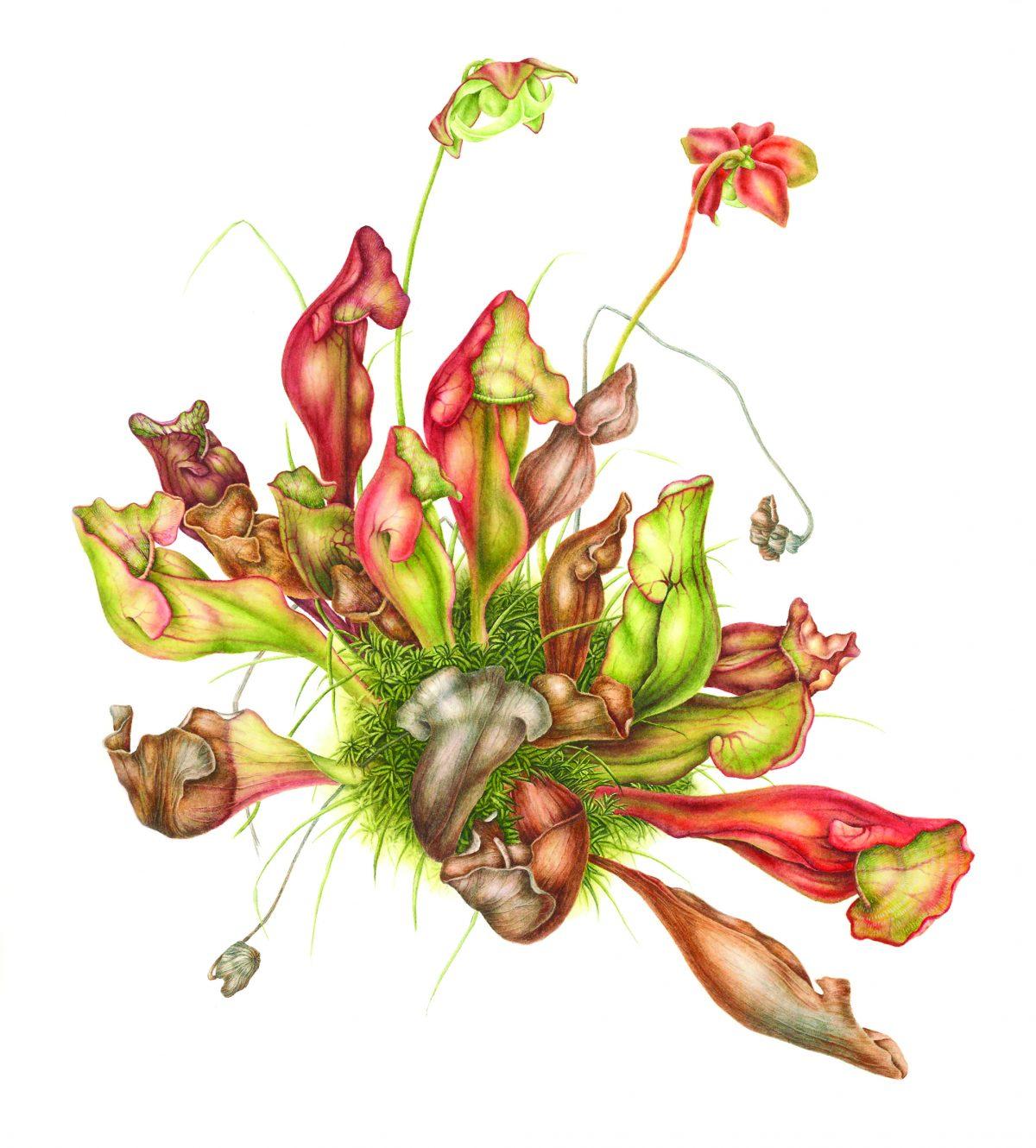
“Purple Pitcher Plant (Sarracenia purpurea),” 2017, by Betsy Rogers-Knox. Watercolor on paper, 17 1/2 inches by 16 inches. Betsy Rogers-Knox

